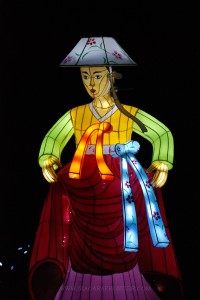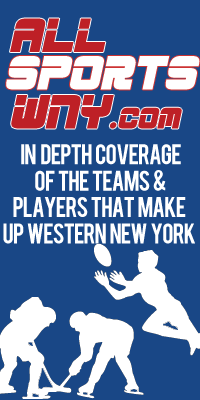- Home
- Niagara Falls Hotels
- Restaurants
- Casinos
- Niagara Falls Shut Off
- Niagara Falls USA
- Aquarium of Niagara Falls
- Goat Island
- Lewiston
- Lockport Caves
- Niagara Falls Cave of the Winds
- Niagara Falls Culinary Institute
- Fashion Outlets of Niagara Falls
- Niagara Falls Observation Tower
- Niagara Falls State Park
- Niagara Fishery
- Niagara Gorge Discovery Center
- Niagara Power Vista
- Maid of the Mist
- Oakwood Cemetery
- Old Fort Niagara
- Rainbow Bridge
- Niagara Falls Canada
- Daredevils
- Links
Niagara Falls News
“Festival of Lights” a Part of Niagara Since 1980
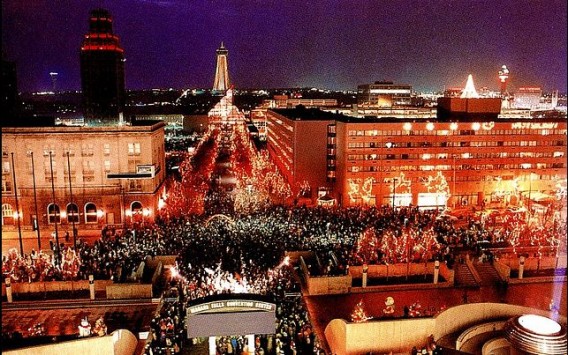
Niagara Falls has been celebrating a “Festival of Lights” in one form or another on both sides of the border since 1980. Celebrating the holiday season by illuminating the downtown area or other parts of the city first started in Niagara Falls, New York in 1980. Niagara Falls, Ontario then started their own festival in 1983.
The American “Festival of Lights” lasted for two decades before discontinuing, but the Canadian side is still going strong and continues to have strong sponsorship support.
Niagara Falls NY Festival
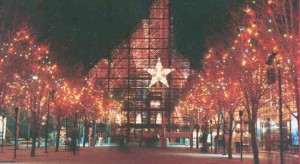 The City of Niagara Falls, New York first created the “Festival of Lights” in 1980. The event received significant sponsorship from the area manufacturing and tourist industry as well as volunteer help from the community.
The City of Niagara Falls, New York first created the “Festival of Lights” in 1980. The event received significant sponsorship from the area manufacturing and tourist industry as well as volunteer help from the community.
The 44 day event kicked off just before Thanksgiving and lasted until January 3rd and grew in popularity each year in the 1980’s. The festival included both outdoor and indoor displays in the downtown area.
Outside there was the nine-story “OxyLights,” which was a light show synchronized to Christmas music. The vacated Nabisco 180 foot tall silos were illuminated and called the “Nabisco Fantasy of Lights” on the south end of the downtown area. Plus the trees and along Old Falls Street and Lackey Plaza were decorated with thousands of strings of lights creating a path from from the Falls Convention Center to the Winter Garden.
Inside there was more than 15,000 square feet of indoor animation in the Carborundum Center Center and displays inside the Niagara Falls Convention Center. The seven-story Wintergarden also had strings of lights and a huge star hanging over the entrance.
Organizers would announce attendance figures of one million people each year, but those figures were greatly exaggerated to add to the hype. The festival did draw large weekend crowds and bus tours, but after losing significant sponsorship dollars in the 1990’s the City of Niagara Falls was unable to maintain the Festival and it ended in 2004.
New “Holiday Lights Trail”
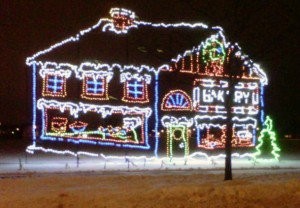 In 2007 the United Way moved it’s illuminated displays from Oppenheim Park in Wheatfield to Hyde Park in Niagara Falls to create the “Holiday Lights Trail” sponsored by the City.
In 2007 the United Way moved it’s illuminated displays from Oppenheim Park in Wheatfield to Hyde Park in Niagara Falls to create the “Holiday Lights Trail” sponsored by the City.
Then in 2015 the United Way handed off ownership of the light displays to the “A Hand Up” organization as part of their “Winter Wonderland Project” and the drive thru Hyde Park continues.
In 2012 the City of Niagara Falls also added lights to Old Falls Street to combine with the Seneca Casino displays to once again illuminate a portion of the downtown area.
Canada Begins “Winter Festival of Lights” in 1983
 In 1983 after seeing the success of the Festival of Lights on the American side the Niagara Falls Canada Visitor and Convention Bureau, the City of Niagara Falls Ontario and the Niagara Parks Commission got together to create a similar event. The Canadian “Winter Festival of Lights” grew and grew and in 1999, the North American Bus Association proclaimed it the “Number One” event in Canada.
In 1983 after seeing the success of the Festival of Lights on the American side the Niagara Falls Canada Visitor and Convention Bureau, the City of Niagara Falls Ontario and the Niagara Parks Commission got together to create a similar event. The Canadian “Winter Festival of Lights” grew and grew and in 1999, the North American Bus Association proclaimed it the “Number One” event in Canada.
The Canadian “Winter Festival of Lights” also received a “People’s Choice Award” for Best Event by S.W.O. Special Events Guide; was named by the Ontario Motor Coach Association as one of the Top 5 Festivals in Ontario; was recognized by the National Tour Association for its success in generating revenue in the off-season; and in 2002, the Winter Festival of Lights won the Attractions Canada Award for Best Cultural Event. Then recognized in 2003 by the Festivals and Events Ontario Economic Impact Survey as having the largest economic impact of all festivals held in Ontario.
The awards didn’t stop there as in 2005 & 2007, the Festival was chosen as a Top 100 Internationally Known Event by the American Bus Association while its website and program won “Best in Class” awards from Festivals and Events Ontario (FEO).
No Longer Aligned with Disney
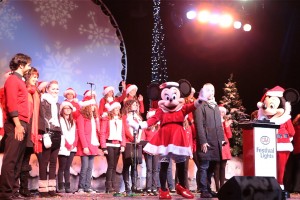 The “Winter Festival of Lights” ended the partnership with Disney for light displays and opening ceremonies after twenty years because Disney chose not to include Mickey and Minnie Mouse in the opening ceremonies. Disney had decided to limit the character’s appearances to their theme parks.
The “Winter Festival of Lights” ended the partnership with Disney for light displays and opening ceremonies after twenty years because Disney chose not to include Mickey and Minnie Mouse in the opening ceremonies. Disney had decided to limit the character’s appearances to their theme parks.
So organizers decided to go in another direction and removed the lighted Disney displays. and replaced them with twenty Korean lantern displays, to commemorate the 60th anniversary of the end of the Korean War and 50 years of diplomatic relations between Canada and South Korea.
asd















